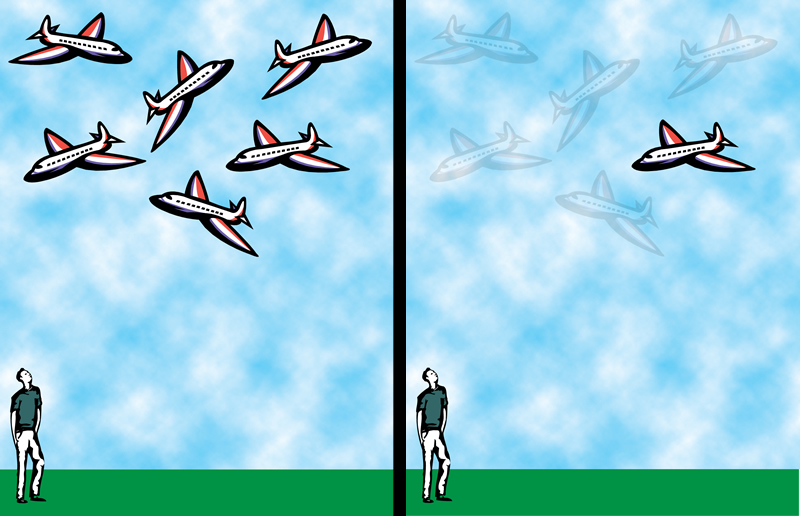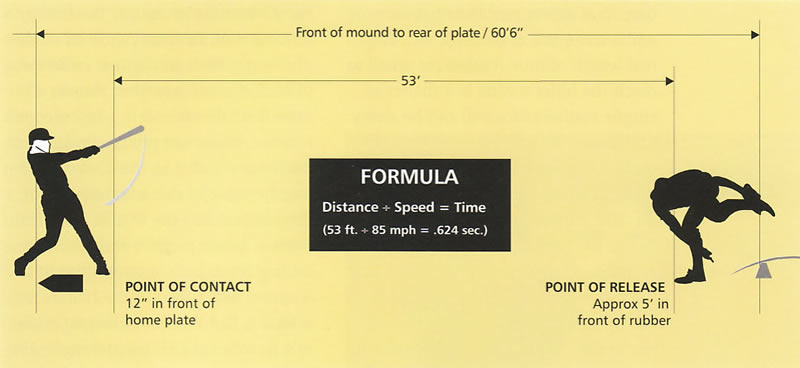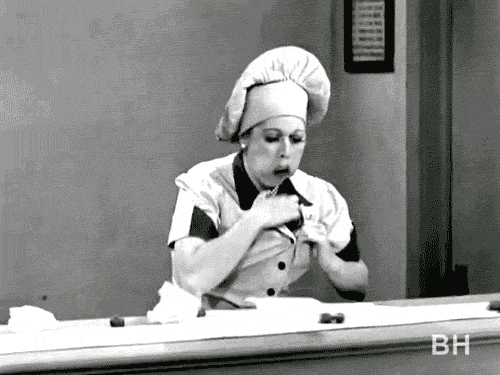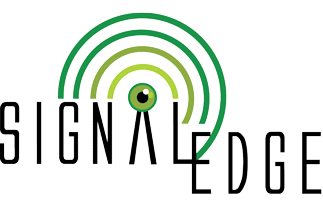Motion Reduction/Prediction/Delegation

Motion Reduction/Focus
Separates Primary from Peripheral Vision,
in Motion from Motionless,
Sends Motion at High Speed
The mind employs the Lateral Geniculate Nuclei (LGN) to perform a unique ability to focus its attention on the primary data at hand, therefore, radically reducing the sensory input needed to make quick decisions. When the eyes watch a moving object, such as airplane flying, either the conscious or subconscious mind dismisses all the other parts of the image that are not in focus and not in motion. When looking up at the sky filled with planes the mind to comprehend the images it is receiving, it must only focus on one of the moving planes or a group of planes moving in the same direction. Without motion reduction/focus, consciousness would not be able to deal with the shear overload of image information.
Motion Prediction/Delegation
Gaps Filled In, End of Event/Priority Assigned, If Predictable Subconscious Reaction Made

When the LGN sends the resulting optimized sensory signals through the optic tracts, the Optical Lobe will assess whether the received motion is predicable or not. Predictable data carries with it a given reaction and the subconscious will automatically perform this reaction with little to no notification to consciousness. However, if motion is unpredictable, the subconscious delegates decisions to the conscious mind, which has a much slower motion reaction time. Bating at a baseball for instance, like many activities, is a learned behavior that provides the subconscious with a wealth of preprogrammed intelligence. The seasoned batter is expert at predicting the baseball’s changing position as it approaches the plate to know when to make the automatic reaction to swing.
Motion Delegation
Creates the phenomena known as “instinct” or the ability to act without thinking. 
Consider the popular television scene from “I Love Lucy” where Lucy and Ethel are working on the candy assembly line. Their job is to synchronize the chocolate’s motion on the moving belt, pick the chocolate up, pick up a wrapper, wrap the chocolate, and place it back on the belt. At first, with the belt moving slowly, they are able to successfully complete their tasks. Motion Delegation makes it possible to complete the chocolate wrapping function. The predictive motion - the motion of the belt, the fact that the wrappers aren’t moving, and the motion of the chocolate, will be delegated to the subconscious. The job on the chocolate assembly-line becomes learned behavior that can be executed without conscious cognition. However, as the belt accelerates, task completion becomes problematic because the accelerated tasks are beyond the abilities of subconscious delegation. When the subconscious data crunch fails, high-level reasoning ends up taking too long to complete the tasks.
